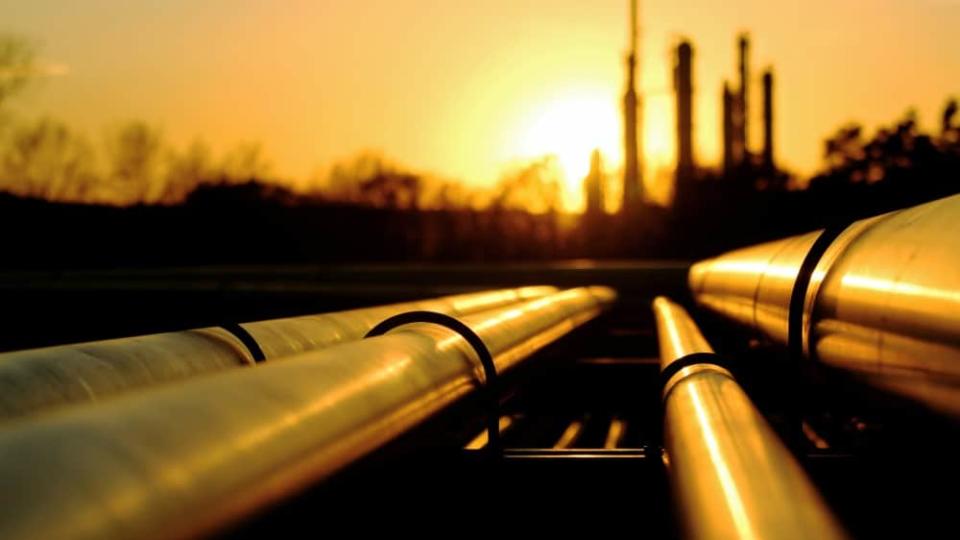2 Oil Stocks to Buy in September and 1 to Avoid

The recent attacks on Saudi Arabia reminded energy markets of the vulnerability of Middle East oil supplies to outages caused by rising regional tensions. While these caused the international benchmark Brent to spike to over US$68 per barrel, oil has pulled back; the Riyadh announced that it expects most of its production capacity will back online by the end of September 2019. This combined with the trade war between the U.S. and China, deteriorating demand growth, and fears that OPEC won’t extend production cuts are all weighing on the outlook for crude.
For those reasons, investors seeking to bolster their exposure to energy need to be cautious and only buy upstream oil companies with quality assets, growing production, high netbacks, and solid balance sheets. Here are two oil stocks that should be in every portfolio and one to avoid.
Globally diversified portfolio
Vermilion Energy (TSX:VET)(NYSE:VET) has been attracting considerable attention because of its monster 12% dividend yield. There are fears that it will slash its dividend in response to weaker oil and the poor outlook for crude, which has seen it lose 26% for the year to date. It is this significant decline in market value which is responsible for the double-digit yield, rather than Vermilion hiking its dividend to unsustainable levels.
There is every indication that the dividend can be maintained, despite the difficult operating environment. Based on Vermilion’s 2019 guidance, at an average annual price of US$56.50 for WTI, it expects to have a total payout ratio, including capital expenditures, of 100%; when coupled with considerable liquidity, this indicates that the dividend is sustainable.
Vermilion is an attractive play on higher crude because of its globally diversified portfolio of oil assets (which allows it to access international Brent pricing), quality long-life reserves totalling 437 million barrels net after royalties, and growing production. Those characteristics coupled with an attractive valuation makes now the time to buy Vermilion.
Deeply discounted driller
Gran Tierra (TSX:GTE)(NYSE:GTE) has been struggling to regain market confidence, despite reporting some credible second-quarter 2019 results and resolving many of the operational issues that caused production outages earlier this year. It has lost a massive 42% since the start of 2019, despite the international benchmark Brent gaining 17%. That leaves Gran Tierra trading at a whopping 219% discount to its net asset value (NAV) of $6.02 per share for its proven and probable oil reserves, indicating there is tremendous upside available.
Gran Tierra has proven it is adept at growing oil reserves and production, which have expanded by 74% and 56%, respectively, over the last four years.
The sharp decline in value can be attributed to an overbaked perception of risk relating to Gran Tierra’s Colombian operations and the potential for further production outages due to heightened security risk in the Latin American nation. While hazards abound, Gran Tierra appears is very attractively valued, possesses a solid balance sheet, and is steadily expanding its operations despite weaker oil, making now the time to buy.
Struggling heavy oil producer
Pengrowth Energy (TSX:PGF) has been heavily marked down by the market since the start of 2019, losing a whopping 59% despite the North American benchmark West Texas Intermediate gaining around 29%. Its primary issue is its bloated balance sheet, which, even after an aggressive asset divestment and debt-repayment program, has $700 million in debt compared to a market cap of a mere $162 million.
An even greater concern is that there are a few material near-term debt maturities. These include Pengrowth’s $430 million credit facility, which has $182 million drawn, falling due on September 30, 2019, $57 million of long-term notes maturing before the end of the year, and another $123 million of those notes being due in 2020.
The risk this poses is exacerbated by Pengrowth ending the second quarter with just over $43 million in cash and receivables, indicating that it could be incapable of meeting its near-term financial obligations. Pengrowth’s worrying second-quarter net loss of $76.5 million, which was almost three times greater than a year earlier, and a lack of free cash flow indicate that it will struggle to meet those obligations without further asset sales and debt financing.
For these reasons, Pengrowth is an oil stock to avoid, regardless of the attractiveness of its core Lindbergh asset.
More reading
Hate Taxes? Then Do This 1 Awesome Trick With Your TFSA and RRSP
TFSA Investors: Lock In This $509/Month Passive-Income Stream Today
The Stock Market Is at a Record High: Is it Time to Get out?
These Jaw-Dropping Facts Will Change Your Mind About the Internet of Things
Fool contributor Matt Smith has no position in any of the stocks mentioned.
The Motley Fool’s purpose is to help the world invest, better. Click here now for your free subscription to Take Stock, The Motley Fool Canada’s free investing newsletter. Packed with stock ideas and investing advice, it is essential reading for anyone looking to build and grow their wealth in the years ahead. Motley Fool Canada 2019

 Yahoo Finance
Yahoo Finance 